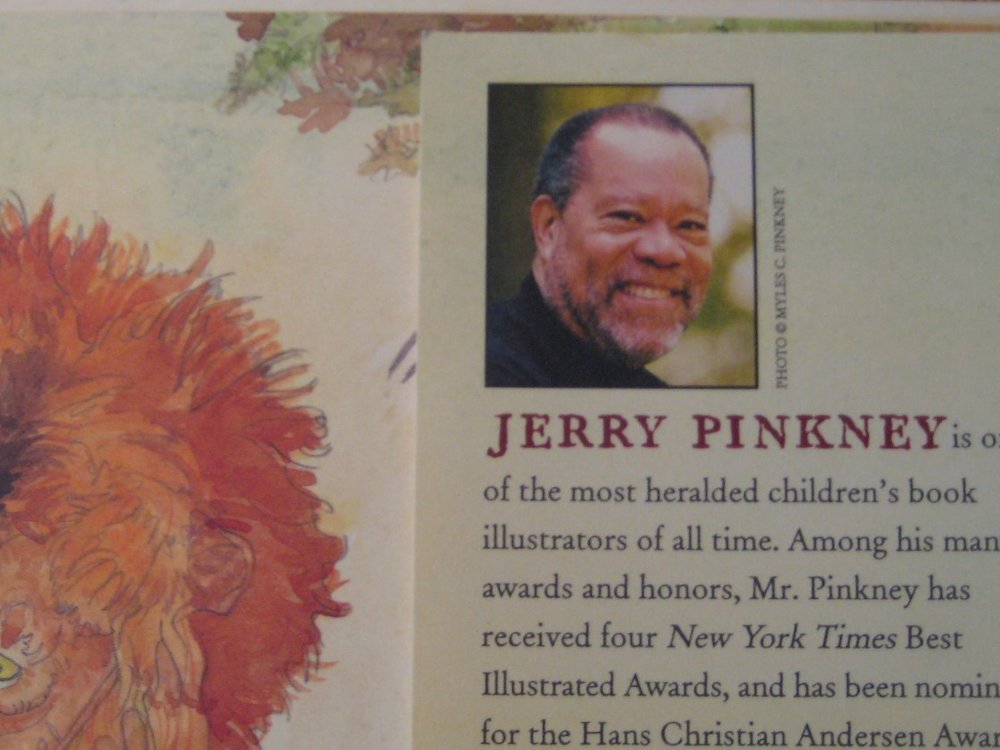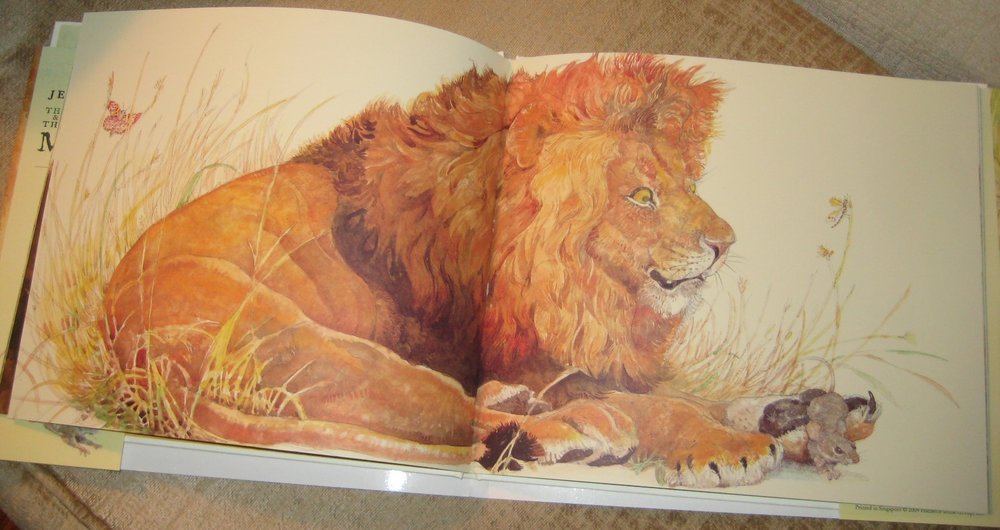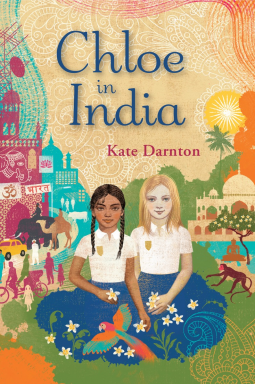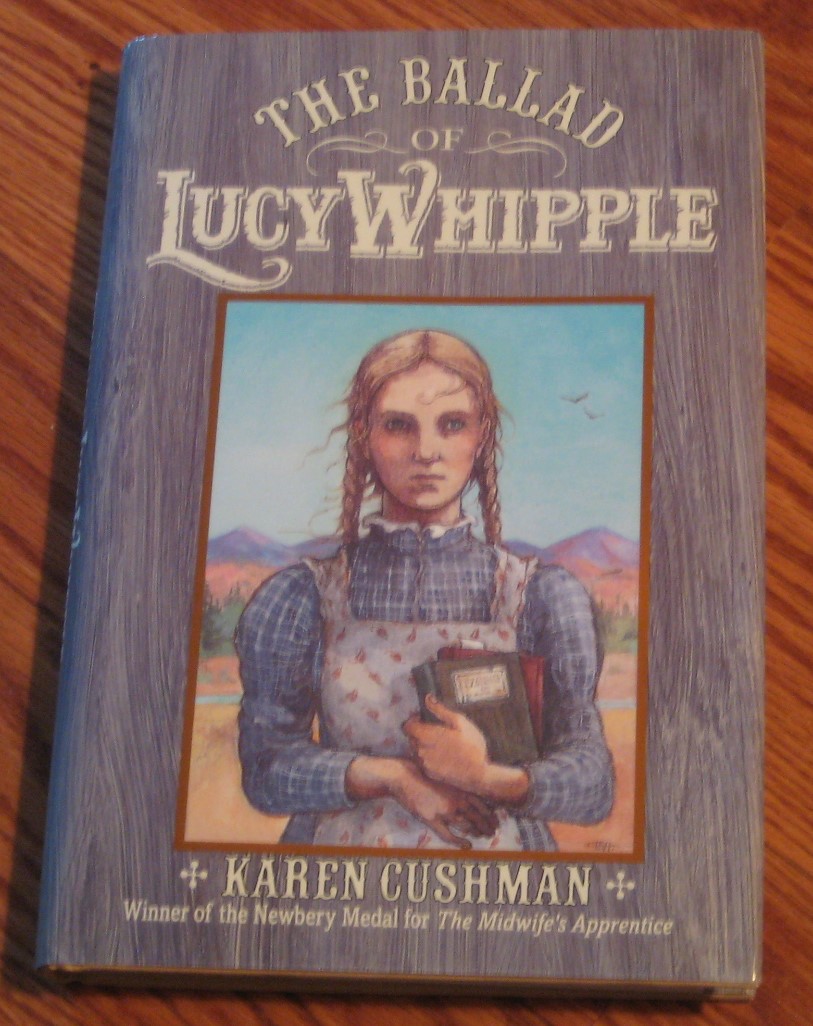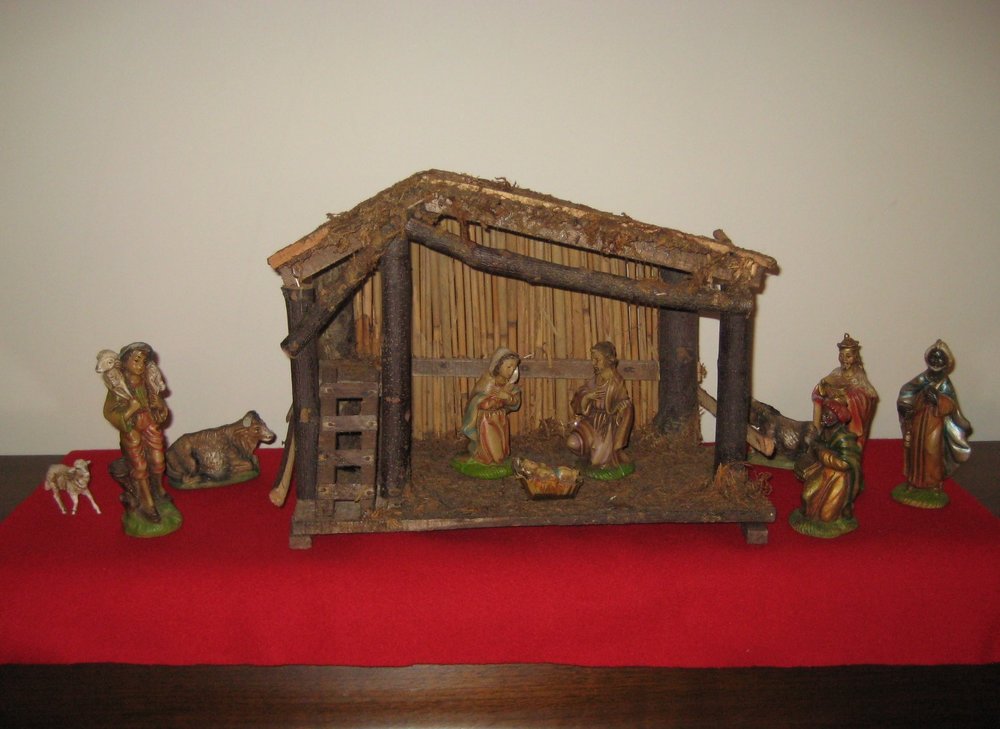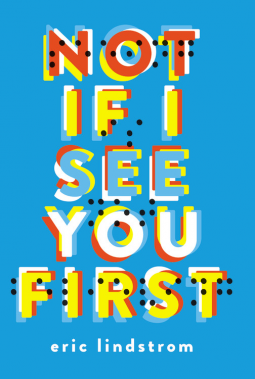Awards season is upon us, and no, I’m not talking about the Golden Globe or Oscars though I have noticed a seeming parallel. The observation has been made that the Golden Globes are often precursors to the Oscars. As I listened to the award winner announcements at the midwinter American Library Association meeting, I notice another precursor since a number of award recipients had previously received winner or honor recognition from the Ezra Jack Keats (EJK) New Writer and New Illustrator Awards.
Bryan Collier, who won the EJK New Illustrator Award for Uptown in 2001, won the Coretta Scott King Illustrator Award and a Caldecott Honor Award for Trombone Shanty. Fittingly, I have heard him say that, when he was a child, his Head Start teacher mother brought home Keats’s The Snowy Day where for the first time he saw someone who looked like him in a book.
Sophie Blackall won the EJK New Illustrator Award in 2003 for Ruby's Wish and this year’s Caldecott Medal for Finding Winnie: The True Story of the World’s Most Famous Bear. As a lover of Winnie the Pooh, I can’t wait to get my hands on that one!
Meg Medina, who won the EJK New Writer Awardin 2012 for Tia Isa Wants a Car, was an writer honor recipient along with the illustrator of the Pura Belpre Award for Mango, Abuela, and Me. Her portrayals of her Latino heritage are delightful for all children.
Young Christian Robinson, whose 2014 EJK Award winning book Rain became a favorite for my grandsons,  illustrated Last Stop on Market Street which won him a Caldecott Honor Award and the author a Newbery. I’m sure we will hear a lot more from him.
illustrated Last Stop on Market Street which won him a Caldecott Honor Award and the author a Newbery. I’m sure we will hear a lot more from him.
While Jerry Pinkney, whose two lifetime ALA awards were listed in my “Nice Guy Finishing First” blog last week, was too experienced to win an EJK award for himself, he was the illustrator for the very first New Author winner when Valerie Flournoy won for The Patchwork Quilt.
 Seeing how one of these leads to another increases my anticipation for this year’s EJK Awards, which will be presented at the Fay B. Kaigler Children’s Book Festival along with a celebration of the 100th anniversary of the birth of Ezra Jack Keats.
Seeing how one of these leads to another increases my anticipation for this year’s EJK Awards, which will be presented at the Fay B. Kaigler Children’s Book Festival along with a celebration of the 100th anniversary of the birth of Ezra Jack Keats.
If this or anything else about the world of children’s book intrigues you, check out the rest of the program at WWW.USM.EDU/CHILDRENS-BOOK-FESTIVAL .





